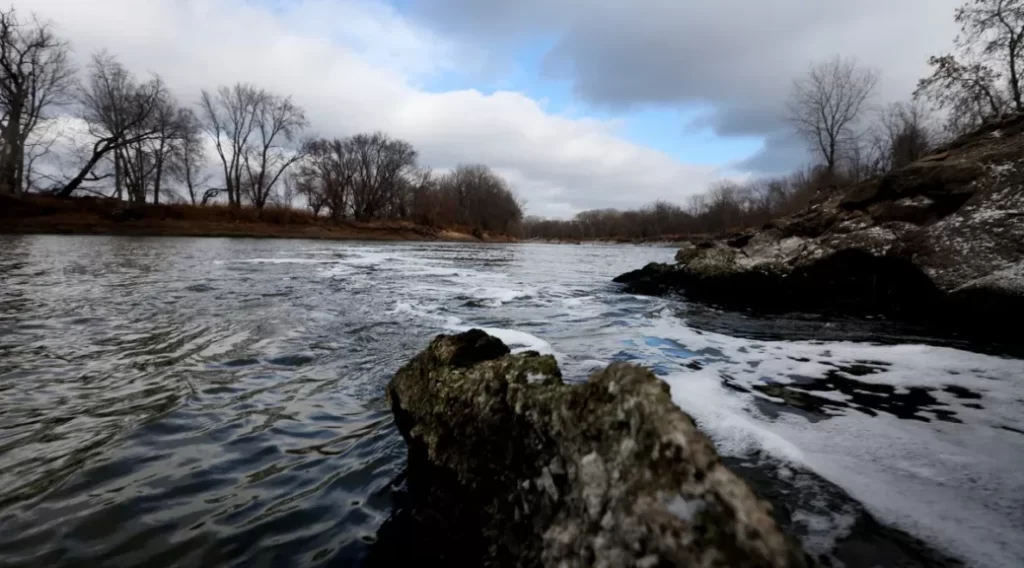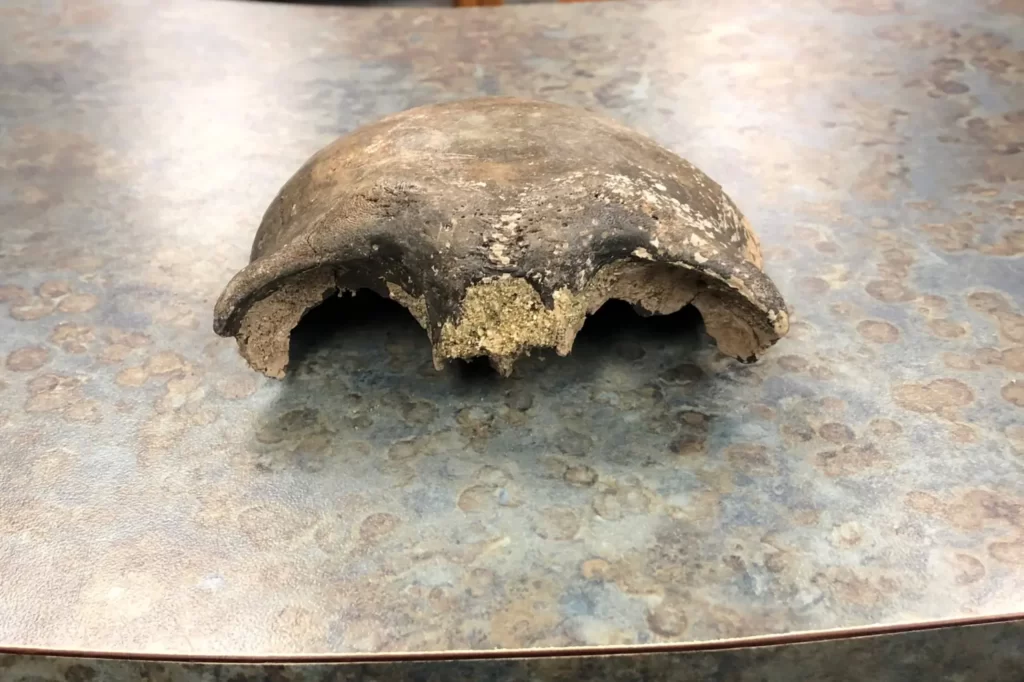Kayakers find an 8,000-year-old human skull in Minnesota

Kayakers find an 8,000-year-old human skull in Minnesota
The skull belonged to a Native American man who likely lived a hunter-gatherer lifestyle.

When a pair of kayakers spotted a skull fragment near the Minnesota River in 2021, local authorities thought they might have a new clue to a missing-persons case. But a forensic examination revealed something much more surprising: The bone was 8,000 years old.
The kayakers had discovered not the remains of a modern murder victim, but a clue to Native American life in the Archaic period, which spanned approximately 8,000 to 1,000 years ago. The examination of the skull revealed that it belonged to a man who lived between 5,500 B.C. and 6,000 B.C.

“To say we were taken back is an understatement,” Renville County Sheriff Scott Hable told the Washington Post(opens in new tab). “None of us were prepared for that.”
The sheriff’s office originally posted a photograph of the skull fragment on social media, but took down the picture after objections from the Minnesota Indian Affairs Council.
The group objected both to the fact that the council and state archaeologist were not first made aware of the discovery, as required by state law, and that the remains were displayed online, MPR News reportedwill not reproduce the photograph here. The remains will be turned over to Upper Sioux Community tribal officials, according to MPR News.
The kayakers discovered the skull in September 2021 near the city of Sacred Heart in southwestern Minnesota. According to the New York Times, the spot where the bone was discovered would normally have been underwater, but a severe drought had lowered the river level.
The forensic examination included a chemical analysis of the amount and type of carbon found in the skull. The decay of an isotope, or variation, of carbon called carbon-14 revealed the age of the skull.
The balance of other isotopes revealed the diet of the individual. This analysis showed that the man it belonged to ate a diet of fish, maize, pearl millet or sorghum.
Little is known about the time period during which the man lived in this region, Kathleen Blue, a professor and department chair of anthropology at Minnesota State University, told the New York Times, but he probably foraged locally, living off a diet of plants, deer, turtles, fish and mussels.
There is evidence of blunt force trauma on the skull fragment, but the injury would not have killed the man, Blue said. The bone shows signs of regrowth and healing, indicating that the man survived whatever caused the damage.
Few human remains from this period have been found in the upper Midwest. In the 1930s, road construction unearthed the skull and partial skeleton of a Native American teenage girl, now known as Minnesota Woman(opens in new tab), who is also thought to be 8,000 to 10,000 years old.
The girl was found with an antler dagger and a conch shell believed to have come from the Gulf of Mexico, indicating an early network of trade among Native American peoples.